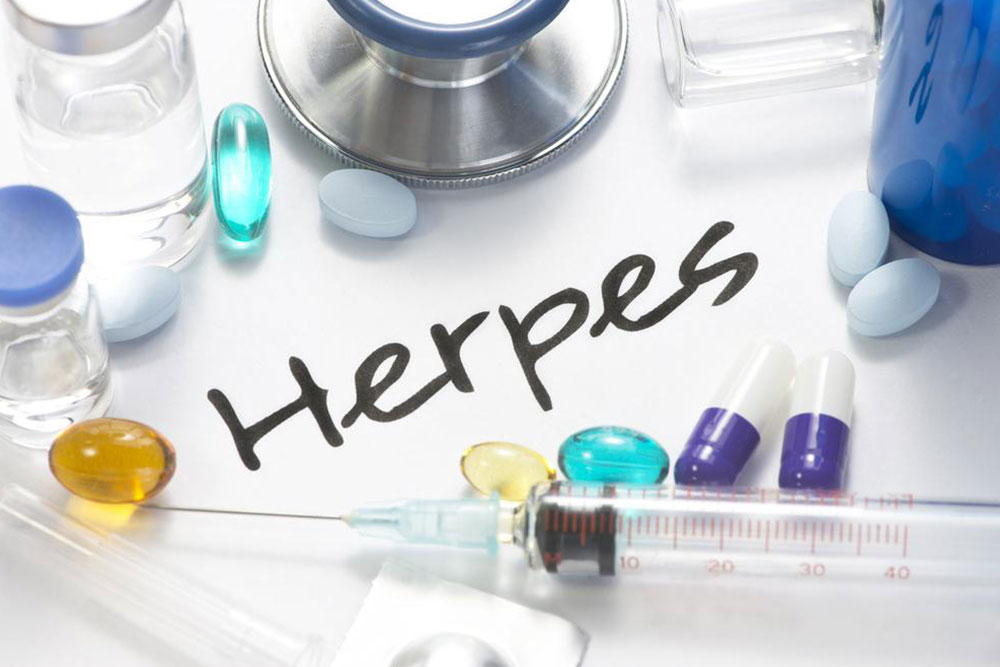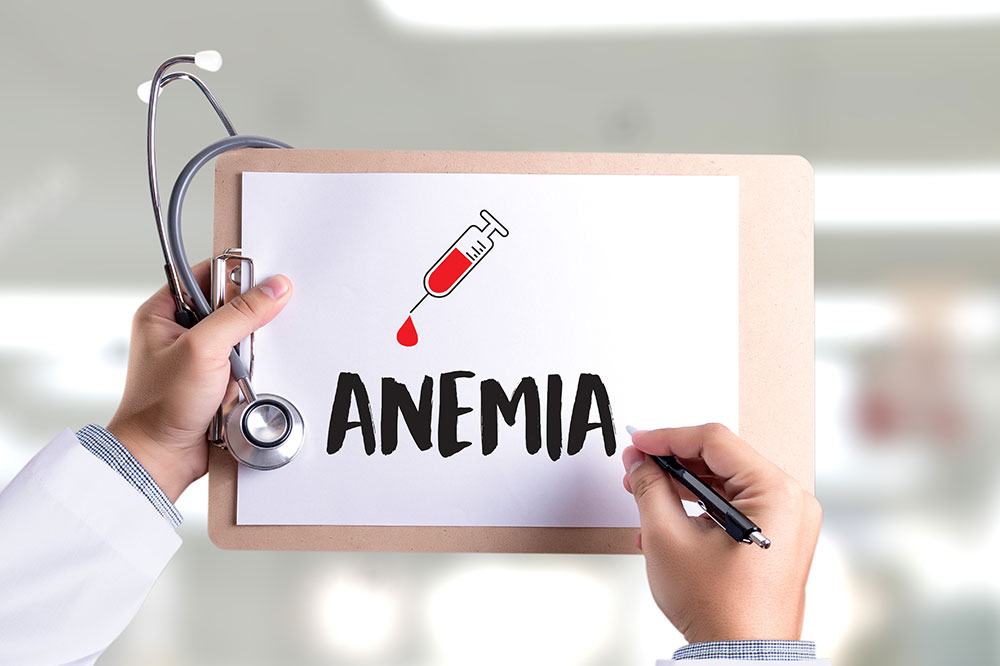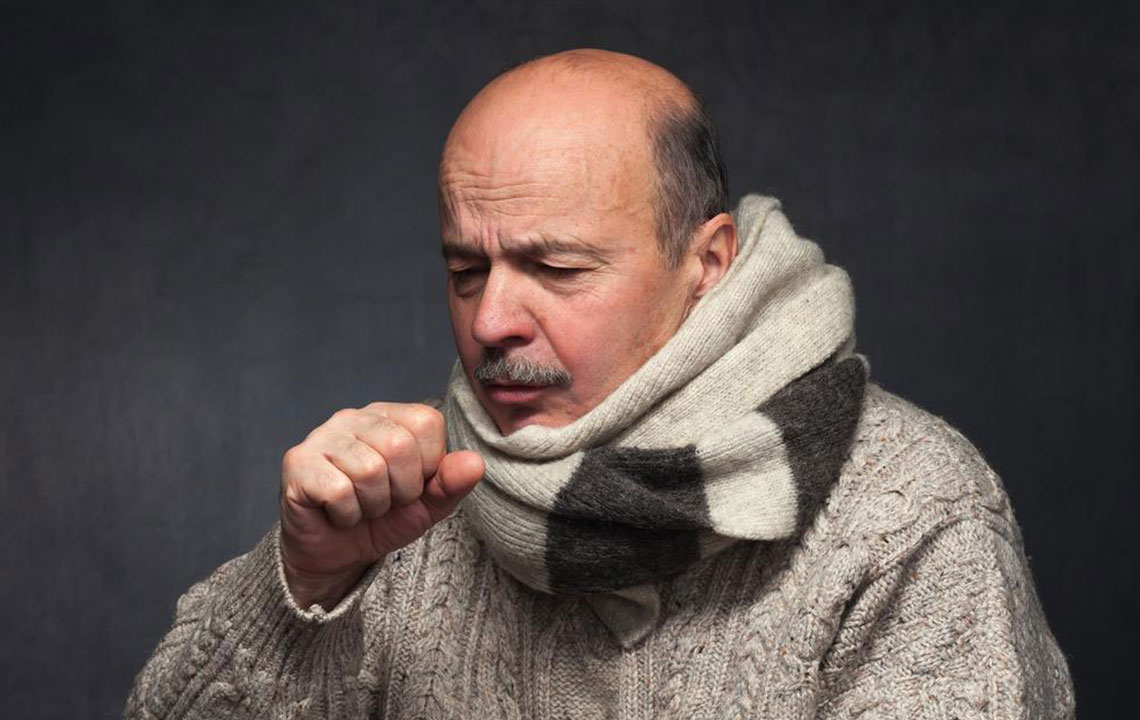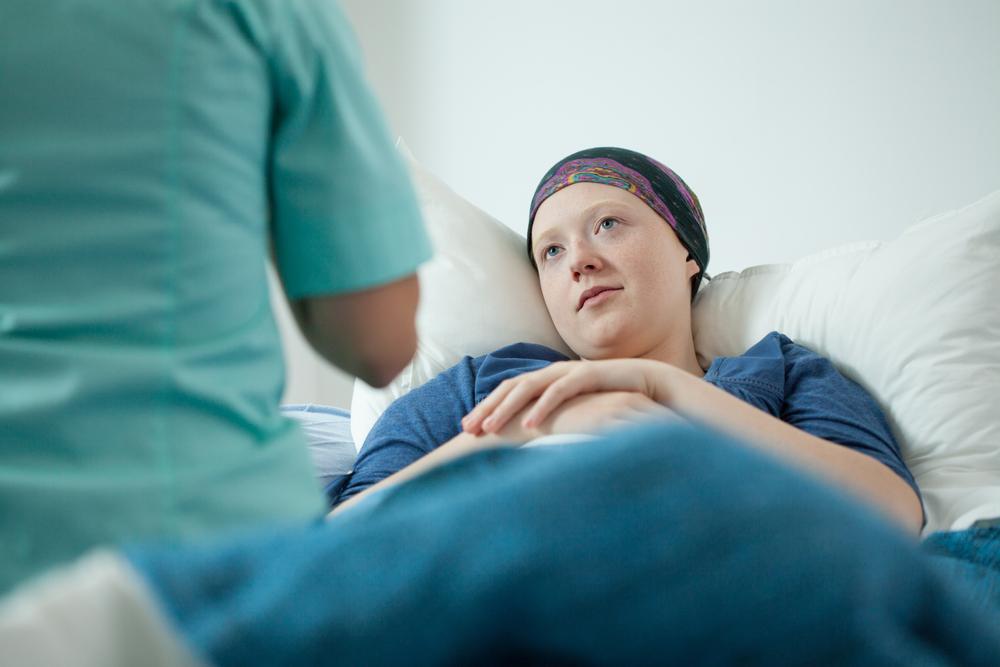Understanding Diverticulitis: Symptoms and Causes of Digestive Discomfort
Discover the causes, symptoms, and prevention tips for diverticulitis. Recognizing early signs like abdominal pain, digestive changes, and bleeding is crucial. A high-fiber diet and healthy lifestyle can help prevent complications. Seek medical attention for persistent or severe symptoms to manage inflammation and avoid serious health issues.
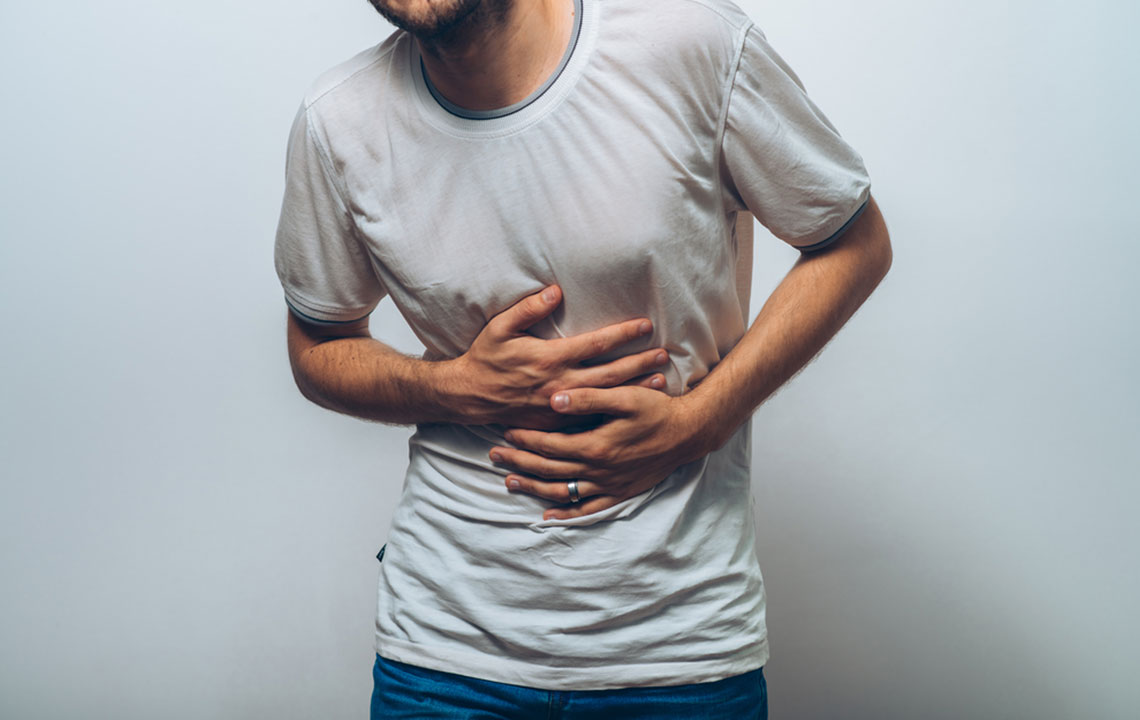
Understanding Diverticulitis: Symptoms and Causes of Digestive Discomfort
Diverticulitis occurs when small pouches in the digestive tract become inflamed. These pouches, called diverticula, are most common in the large intestine but can appear anywhere along the GI tract. Often unnoticed in early stages, recognizing diverticulitis symptoms is crucial for prevention. Diverticula form when weak spots in the intestinal wall bulge outward, frequently due to a low-fiber diet that puts excessive pressure on the intestines.
The presence of diverticula is known as diverticulosis, while inflammation here is called diverticulitis. This condition becomes more prevalent with age, as intestinal walls weaken over time, increasing the risk of diverticula formation. By age 80, roughly half the population may develop these pouches. When bacteria infect diverticula, symptoms intensify, potentially leading to serious complications like abscesses or bleeding.
Many individuals remain symptom-free until inflammation escalates, causing noticeable signs. Dietary factors, especially low fiber intake, significantly influence the development of diverticulitis symptoms.
Diverticulitis Symptoms and Warning Signs
Most cases remain silent until the condition worsens. Common diverticulitis symptoms include:
Abdominal Pain: Pain typically manifests in the lower left abdomen but can sometimes occur on the right. The pain often starts suddenly, worsening after meals, and may be intermittent.
Digestive Changes: Alternating episodes of diarrhea and constipation may indicate diverticulitis. Constipation can increase the risk of bacterial growth, worsening inflammation and diarrhea.
Fever and Chills: An ongoing high fever coupled with chills, nausea, headaches, and malaise suggest infection needing prompt medical attention.
Rectal Bleeding: Blood in stool or bleeding from the rectum—bright red or dark—signals inflamed diverticula. Immediate medical care is essential in such cases.
Urinary Issues: Persistent urinary tract infections, especially in men, can be related to diverticulitis involving the colon and bladder.
Bloating and Gas: Inflammation causes bloating and excessive gas, often with abdominal cramps.
Complications include abscesses, fistulas, bleeding, peritonitis, or intestinal blockage. Prevention involves a high-fiber diet, hydration, and a healthy lifestyle. Antibiotics treat infections, but surgery may be necessary for severe, persistent cases.
Adopting dietary and lifestyle changes helps reduce symptoms and prevent serious issues. Early detection and treatment are vital for managing diverticulitis effectively.
Note:
Our blog offers insights across various health topics, providing valuable information. Readers should consider these articles as guidance, not definitive diagnoses. We are not responsible for inaccuracies or differences in data across platforms. Always consult a healthcare professional for personalized medical advice.


